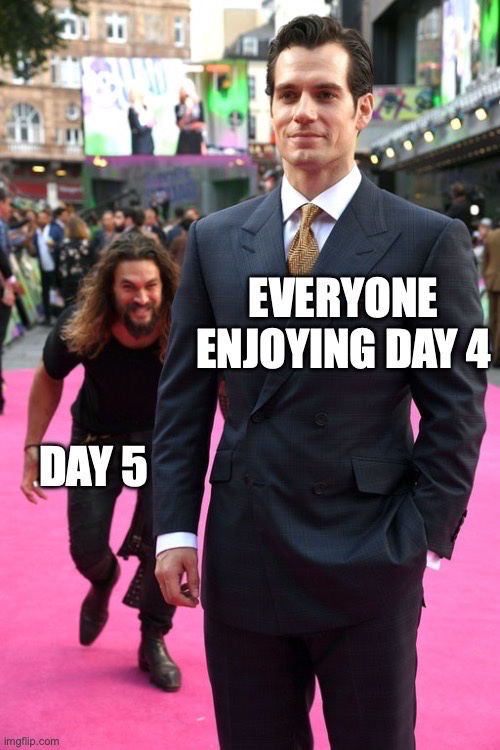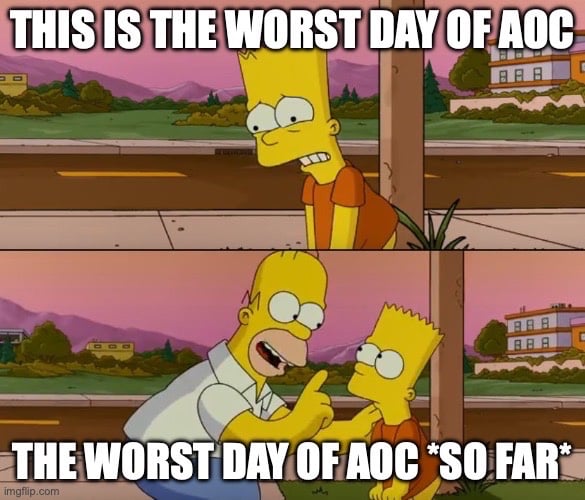Yes. Yes I was in danger.
I had to give Uiua another go today. (run it here)
{"Card 1: 41 48 83 86 17 | 83 86 6 31 17 9 48 53"
"Card 2: 13 32 20 16 61 | 61 30 68 82 17 32 24 19"
"Card 3: 1 21 53 59 44 | 69 82 63 72 16 21 14 1"
"Card 4: 41 92 73 84 69 | 59 84 76 51 58 5 54 83"
"Card 5: 87 83 26 28 32 | 88 30 70 12 93 22 82 36"
"Card 6: 31 18 13 56 72 | 74 77 10 23 35 67 36 11"}
LtoDec ← ∧(+ ×10:) :0
StoDec ← LtoDec▽≥0. ▽≤9. -@0
# Split on spaces, drop dross, parse ints
≡(⊜□≠0.⊐∵(StoDec)↘ 2⊜(□)≠@\s.⊔)
# Find matches
≡(/+/+⊠(⌕)⊃(⊔⊢↙ 1)(⊔⊢↙¯1))
# part 1
/+ⁿ:2-1 ▽±..
# part 2 - start with matches and initial counts
=..:
# len times: get 1st of each, rotate both, add new counts
⍥(⬚0+↯: ⊙⊙∩(↻1) ⊙:∩(⊢.))⧻.
/+⊙;
Yeah it looks like the better solutions generally took that route. I convinced myself that the symbols were going to all have different rules in part 2, so ended up thinking about it way too hard for day 3 😀
Issue confirmed, for all the text fields on that screen: https://github.com/liftoff-app/liftoff/issues/435
This should be resolved in the next build. Thanks!
Looks like it 🙁. If you can bear to open this post again could you edit the title to add [SOLVED]? Thanks!
Correct!
Despite having used the things this is meant for myself for many years, I had never even seen one of these. Brute force and a screwdriver always worked for my simple needs 😀
!wiki
Hmm, some work to be done still 😀
view more: next ›


We stayed in Sheerness (where this flight took place), and when my girlfriend saw this she immediately asked “Did pigs fly before women did?”. And the answer turned out to be no, women beat pigs by two weeks: “Sarah Van Deman … was the woman who flew with Wilbur Wright on October 27, 1909” source